Let’s get straight to the point, many 2019 resolutions are as follows:
- Hit the gym more
- Start eating healthier
- SHIFT SOME WEIGHT!
As a nutritionist, I want to make sure none of these 2019 resolutions fizzle out come February because that hard work in the gym just isn’t shifting that weight. So, here I am to give my bible tips to successful weight loss!
TOP tip 1 – Increase your protein intake
Why?
When on a weight loss plan, it’s important to up your protein intake. Anywhere to 25 to 30% of your daily calories (so aim for these proportions if you track your diet on MyFitnessPal for example). You might think this seems excessive but there’s good reason for this in a weight loss strategy!
- Protein is a difficult macro to digest and as a result over 30% of the calories contained within a high protein sources are actually used purely to digest them. So really, you’re eating and burning calories at the same time!
- Protein is also a filling source of food unlike say carbs which are pretty easy and quick for the body to break down and use up. Therefore, you’re going to be able to hold out longer before that hunger strikes again!
- Protein sources like meat/fish/seafood/eggs also contain no carbohydrates, meaning nothing that’s going to breakdown into glucose and spike those blood sugars! Your energy levels should feel much more stable and prevent you reaching for carby snacks to boost your energy levels. This should prevent you consuming unnecessary calories during the day.
TOP tip 2 – vegetables “the greener the better”
Why?
- Green vegetables have a really fibrous content, meaning we get pretty full off them pretty fast. Great news for weight loss! So, we want to load our plates with green vegetables and be fitting them into our lunches and dinners daily for the maximum benefits!
- You may not know but green vegetables also pack in some respectable protein! Take broccoli for example, if you chopped up half a mug size of broccoli, a whopping 50% of the calories from it is protein! (probably why it’s one of my favourite vegetables!)
- Green vegetables are also loaded with b-vitamins. Despite having a huge variety of roles, b-vits are important in helping us to metabolise our protein, fats and carbs – especially good if we’re upping our protein intakes!
TOP tip 3 – alter the breakfast regime!
Why?
When we have our evening dinner or maybe a snack before bed, we’ve usually all have at least 8 hours before our breakfasts. What this means is that we all go into a fasting state overnight.
That’s where ‘breakfast’ gets its name because we are ‘breaking’ – the – ‘fast’.
What does this mean?
It means that we go into a fat burning state and this is why it creates an optimal opportunity for fat loss!
[If you want the science behind it then here it is, but I’ll simplify! Our bodies constantly need a source of glucose, to keep our blood sugars stable. When our stomachs are empty we turn to breaking down protein (muscle) to get glucose – but our bodies prefer to preserve our muscle (thankfully!).
Luckily, fat can also be used to create glucose, so our fat stores get a shake up and start to break down so that glucose can be delivered into the blood – so fat burning mode is switched on!]
If when we wake up we chose 1 of 2 options we can carry on being in a fat burning state – giving a massive helping hand in our 2019 weight loss plans!
- Delay your 1st meal. If you’re someone who isn’t hungry in the mornings and can go without any food for a couple of hours then this will keep you in a fat burning state.
- Chose high protein / fats for breakfast ONLY. NO CARBS! By having eggs, avocado, salmon or a handful of nuts for breakfast you’re keeping your body in that fat burning state!
Quite literally the moment you put a carb food in your mouth, your body switches off that fat burning mode and switches on using carbs for energy instead.
Calorie deficit – the same old story?
Yes, in my professional opinion the calorie deficit is absolutely essential, and in addition to the tips I’ve given, it is the only way to lose that weight!
Let’s look into fat loss specifically…
1 pound of fat (about the size of a mug you have your coffee in) = a whopping 3,500 calories. So, if we look to lose 1 pound of fat per week we have to be in a calorie deficit of 500 calories – per – day! (shown by this quick sum here: 3500 / 7 = 500)
To lose 2 pounds fat per week, you would need to be in a huge 1,000 calorie deficit (shown here 7000 / 7 = 1000).
So, trying to aim to lose 3 or more pounds of fat per week would just involve serious crash dieting and you’d pretty much be snacking on air…
Notice here I’m talking about fat loss. Yes, it’s possible to lose more than 1 pound of total body weight per week. HOWEVER, say for example you lose 8 pounds one week, most of this will be water weight, and I can guarantee only 1, maximum 2 pounds of that will be fat loss (as explained above).
When it comes to calorie deficit, it’s a great idea to track your calories, that way you can visually see when you’ve hit your calories for the day. There are lots of apps for this, however, a good place to start working out your calorie needs is through via The Protein Works Calorie Calculator.
Is consistency key? – Yes, 100%, and make sure you add in some treats. If one day you know you want a dairy milk chocolate bar, cut out some of your carbs and maybe a bit of your fat sources for that day (don’t cut out your protein). But, always end the day in your calorie deficit target.
A nutritionist can also be a great point of contact to help you plan out your diet and help support you keep on a weight loss journey!
So, what protein foods should I be aiming to eat?
If you’re a meat and fish eater then focus on lean poultry sources, white fish, oily fish and seafood options – these offer a really high protein content per gram (cod is especially high in protein per gram).
Red meat options carry higher fat contents typically, opt for the leaner versions where possible. This can get expensive however, so where you can, trim off visible fat, or if you buy a higher fat mince, fry it in water, let the saturated fat cook out, drain it then carry on with your meal prep – Nutritionist tip!
Generally, I’d advise to limit red meat intakes, perhaps try once per week, and the rest of the time focus on the other sources I’ve mentioned.
Plant based protein?!
Of course, there are also amazing plant sources of protein!
Some of the best options in terms of protein per 100g are: tofu, cottage cheese, lentils, kidney beans, garden peas, chickpeas, black beans, edamame beans and black-eyed beans!
Another nutritionist tip – If you add spoonful’s of beans to your salads cold instead of cooking them and breaking their skins, you will actually absorb fewer calories! This is because our digestion has difficulty breaking the skins of beans and releasing all of the calories within them (so fewer calories consumed!).
And what high fibre vegetables should I eat?
Vegetables such as; spring greens, cabbage, mature spinach, kale, garden peas, broad beans, broccoli, purple sprouting and corn on the cob pack in heavy amounts of fibre, so try and get these in your daily diet!
However, if you’re into your salads then base them on these fibrous foods; swiss chard, chicory, spinach, mange tout, lettuce, bell peppers, watercress and mixed salad leaves.
Nutritionist tip – Whether you roast the vegetables or throw them in a tasty stir fry, make sure to find recipes that make consuming these weight loss essentials enjoyable! You’re going to be consuming vegetables everyday and simply boiling or steaming them day in day out will not the tastiest way to include them in your weight loss plan!
So, what are my summary tips & advice on weight loss?
- Boost your protein intakes and focus on those leaner high-quality protein choices!
- Load your plate with green vegetables! Make broccoli your new favourite!
- Use that breakfast window to your advantage – maximise that fat burn!
- Stay in your calorie deficit day in day out!
An extra final note…
To keep up motivation in weight loss is hard, however, evidence shows regular weighing and keeping a food diary can really help.
The best time to weigh yourself is in the morning after a trip to the toilet prior to having any food or drink and in minimal clothing! However, it’s important to not obsess over the scales. If you’re doing weight training you’re going to gain muscle which might influence what the scales say! So, monitor your body composition more than anything! Is that waist getting slimmer?!
Finally, and very importantly, compose your 2019 diet plan with food you enjoy to eat or are willing to try! Remember it’s also important to add in the treats you like in moderation. This way you can account for cravings and allow yourself them as long as you still hit that calorie deficit!
Happy 2019!
Lydia Reece, BSc, MSc, soon to be Associate Nutritionist, @thegymnut



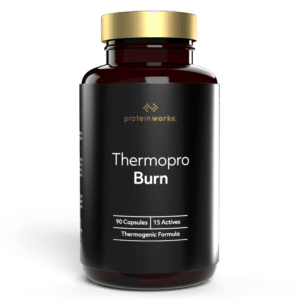
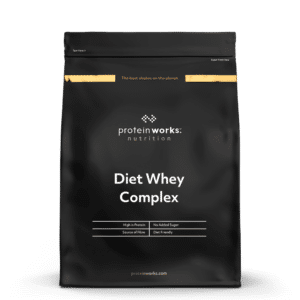
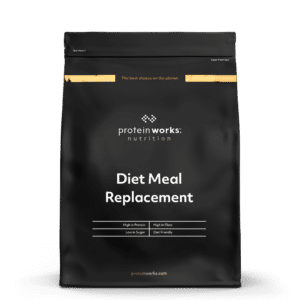
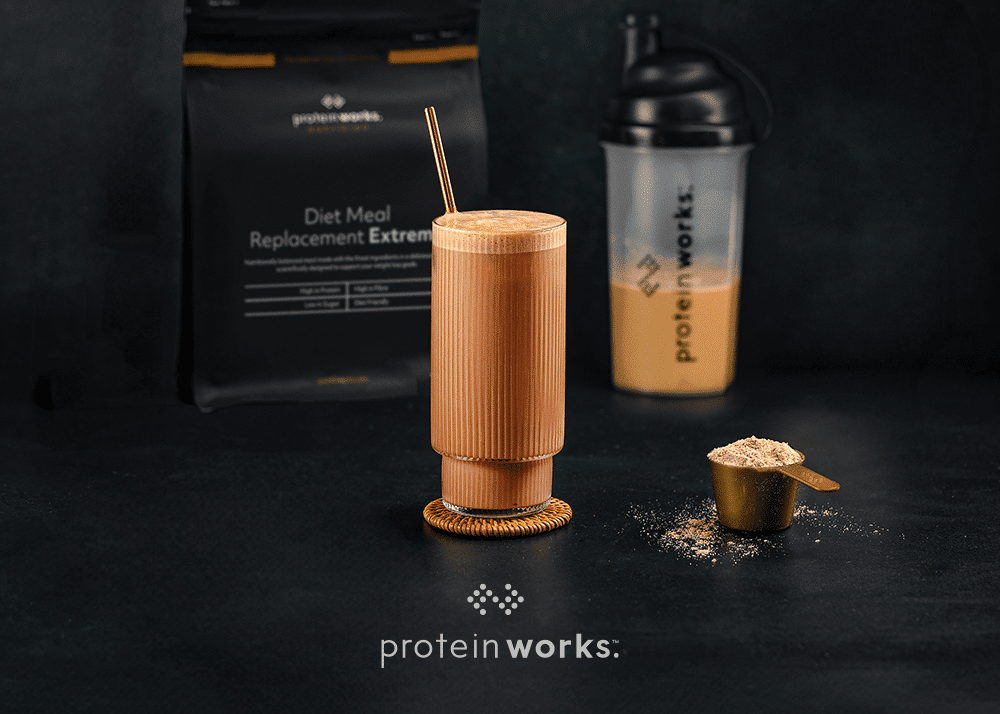

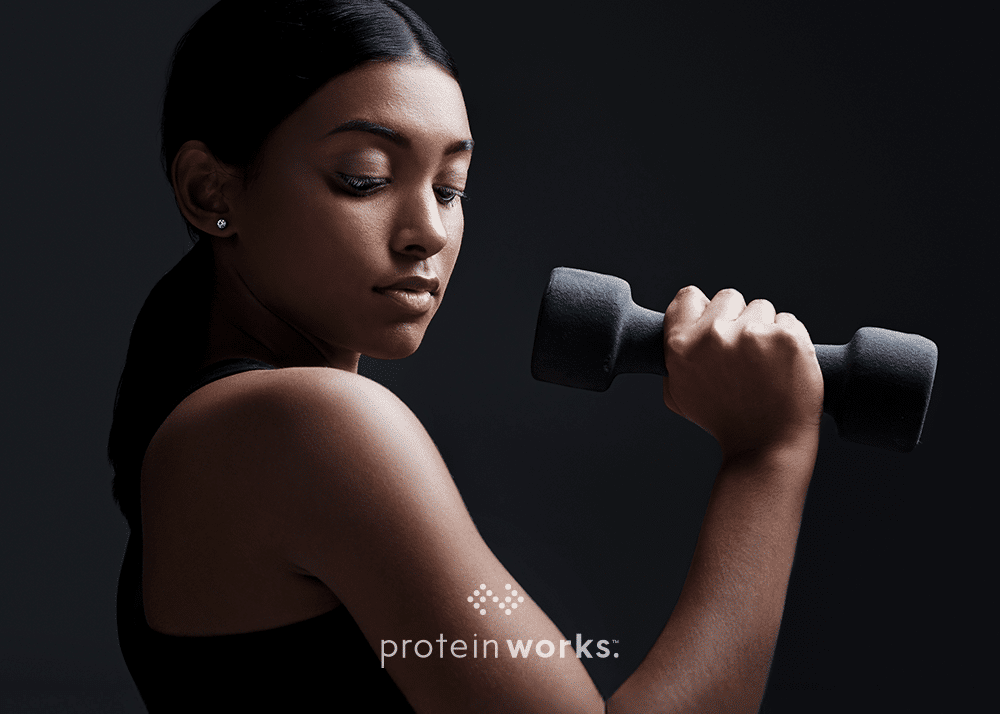

No Comments yet!